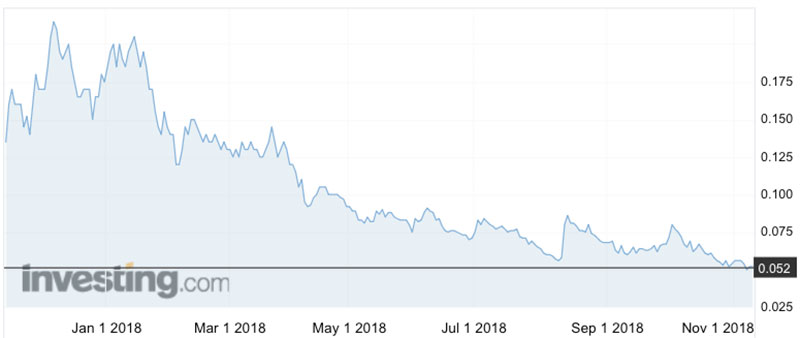Pure Alumina has sent first HPA samples to potential customers
Mining
Mining
Pure Alumina (ASX:PUA) has ramped up its sales and marketing push, sending first samples of high purity alumina (HPA) from its undeveloped “Yendon” project to potential customers for assessment.
The results will help financiers assess the process and market acceptance of Pure Alumina’s product, which in turn will accelerate Yendon project funding, the company told investors.
Pure Alumina (ASX:PUA), formerly Hill End Gold, said numerous requests for its HPA samples were made during a recent marketing trip to Asia and the US.
Pure Alumina managing director Martin McFarlane said analysis of samples by potential customers would give the company valuable feedback.
“We believe Yendon will produce top-quality HPA and do it consistently, making it highly sought-after in what is a rapidly-growing market,” Mr McFarlane said.
Pure Alumina plans is to eventually produce 8000 tonnes per annum of HPA.
But first, it wants to establish a commercial demonstration-scale plant to provide the larger quantities of HPA to customers for qualification testing.
This will also generate early cashflow for Pure Alumina.

“By establishing a demonstration-scale plant, we will be able to show we will be able to show we can meet these high standards consistently,” Mr McFarlane said.
“The results of this process will also help financiers assess the process and the market’s acceptance of our product, which will expedite project funding.”
Pure Alumina is already in a Definitive Feasibility Study (DFS) on the 8000 tonnes per annum Yendon HPA project, which it wants to complete by the end of next year.
Miners undertake up to four different types of studies to determine whether or not a resource can be mined economically. These are scoping, preliminary feasibility (PFS), definitive feasibility (DFS) and bankable feasibility (BFS).
The HPA market is very healthy
Leading commodity forecaster CRU expects continued strong industry growth from HPA’s traditional markets, as well as the positive impact on lithium-ion batteries from the global uptake in electric vehicles.
HPA is used in lithium-ion batteries as an anode/cathode separator – and increasingly as a coating – to stop them catching fire.
“One Chinese battery separator manufacturer was currently using three tonnes of HPA a day, which was going to increase to 45 tonnes per day – or 16,000 tonnes a year,” MrMcFarlane told Stockhead in September.
The Pure Alumina share price – which ranged between 4.7c and 23c over the past 12 months — was steady at 5.2c on the news.